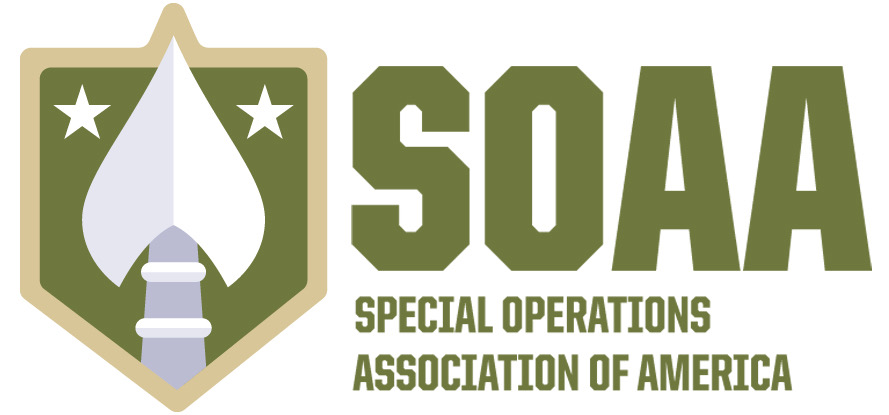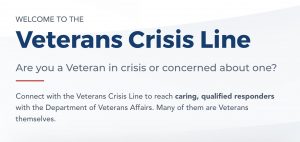Currently there is no streamlined way for SOF members to prove a service connection if the nature of their injury is related to a classified mission. We believe this is ridiculous considering SOF handles the vast majority of kinetic engagements worldwide, and we are fighting for change on-and-off Capitol Hill.
After meeting with the Department of Veterans Affairs (VA) regarding this issue, we were told that a VA disability claim can be filed without the standard necessary documentation. However, we know all too well that working with the VA can be a pain without standard documentation. That’s because the VA, much like the conventional military, still relies heavily on a Veteran’s service history. The VA insists that Special Operations assignments or missions deemed “Classified” be vaguely recorded on a DD Form 214 making it almost impossible to prove when discharged.
At SOAA we know this is a runaround, and that at times a DD214 does not make any reference of a classified assignment overseas. We also understand that a “Classified” status may interfere with your ability to use awards or decorations received on a mission as evidence when filing a claim. Keeping this in mind, we are working closely with the Special Operations Care Coalition and Veterans Benefits Administration within the VA to create a streamlined program staffed with personnel able to process classified claims.
If you or a friend has a disability that has remained untreated because it’s been impossible to prove service-connection, don’t delay in filing the claim. We are here to help. Even if all the paperwork or acknowledgement is unavailable or Classified, we will work to make sure you are given the care you have earned. Even though not easily accessed, the Department of Veterans Affairs does have specific procedures to assist raters in verifying information relative to claims involving Special Operations incidents and Classified missions.
What To Do Today
First, we did the research so you don’t have to, so go check out eBenefits. Specifically, the “M21-1 Adjudication Procedures Manual, M21-1, Part IV, Subpart ii, Chapter 1, Section I, Topic 5 – Developing claims based on participation in Special Operations Incidents” is a good source of information.
Whether through available documentation (or as an alternative, through personal and buddy statements) the following info will be needed to start the claim:
- Branch of Service, Component, Unit of Assignment
- DD214 or other official documents
- Unit temporarily assigned/detailed/attached to for the deployment and/or mission (if different, provide full details and briefly explain)
- Where to find the information: on travel orders or other documents, unless classified. Got a copy of an order that says ‘classified’ in the space where information is usually provided? Include a copy with the claim.
- Tour dates (of deployment and/or mission)
- Location (city/province and country) where the incident occurred that resulted in the veteran’s injuries
- The approximate date of the incident (within a 60-day range)
- MOS/Occupational Specialty
- Rank/Grade
- Whether the operation was classified
- A brief description of the incident
- Whether the incident was classified
- Details of the incident that resulted in injuries
- Include all available medical evidence (military or civilian), such as:
- Confirmation that an injury occurred in service, or
- Whether symptoms (or a health condition or disease) occurred in service, or
- Whether symptoms occurred within one year of discharge
- Description of injury, health condition or disease
- If medically evacuated (medevac) or otherwise removed from the mission
- Symptoms/diagnosis/treatment – including diagnostic testing, surgeries, hospital admissions
- Follow up treatment – outpatient, inpatient
- Current disabilities resulting from deployment/mission/incident
Building a strong case for VA disability compensation requires the claim to clearly convey the “who, what, when, where, now what” of the veteran’s story. This story can be told through a combination of forms, personnel records, service treatment records, civilian medical records, personal statements, and buddy statements.






